Arthur’s Seat

Arthur’s Seat, the highest point in Holyrood Park, is an ancient volcanic peak rising 251 metres above Edinburgh, offering some of the city’s most spectacular views. Formed over 350 million years ago and later shaped by glacial erosion, its dramatic slopes and crags have inspired myths linking it to King Arthur’s legendary Camelot. From its summit, vistas stretch across the city, the Firth of Forth, and the distant Pentland Hills. Easily accessible from the Royal Mile, the hill is a popular destination for walkers, runners, and nature lovers, with routes ranging from gentle paths to steeper climbs. Its distinctive “lion” profile, visible from many parts of the city, adds to its iconic presence. Rich in geology, wildlife, and folklore, Arthur’s Seat is both a natural landmark and a cultural symbol, embodying Edinburgh’s unique blend of history, legend, and breathtaking scenery.
Edinburgh ScotlandArthur’s Seat is an ancient extinct volcano situated in the south-east of Edinburgh, just over a mile east of Edinburgh Castle, within Holyrood Park. Rising 250.5 meters above sea level, it is the highest peak of the group of hills that dominate the park and offers breathtaking 360-degree panoramic views of the city and beyond, including landmarks like Edinburgh Castle, the Scottish Parliament, and the Firth of Forth. The hill is a favorite hiking and walking destination, accessible via multiple paths ranging from steep climbs to more gradual routes. Nearby attractions include the Palace of Holyroodhouse, the Scottish Parliament, and Dynamic Earth, all located at the foothills of the park. Holyrood Park itself features diverse terrain with grassy slopes, rocky crags like Salisbury Crags, serene lochs, and historic ruins such as St. Anthony’s Chapel. Arthur's Seat perfectly blends natural beauty, outdoor adventure, and proximity to Edinburgh’s historic core, making it a must-visit landmark.
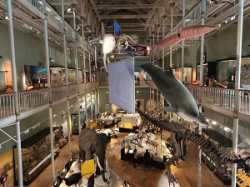 National Museum of Scotland
Edinburgh
National Museum of Scotland
Edinburgh
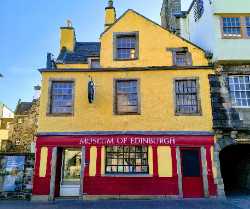 Museum of Edinburgh
Edinburgh
Museum of Edinburgh
Edinburgh
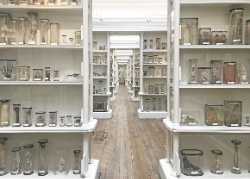 Surgeons’ Hall Museums
Edinburgh
Surgeons’ Hall Museums
Edinburgh
 Museum of Childhood Edinburgh
Edinburgh
Museum of Childhood Edinburgh
Edinburgh
 Museum on the Mound
Edinburgh
Museum on the Mound
Edinburgh
 National War Museum of Scotland
Edinburgh
National War Museum of Scotland
Edinburgh
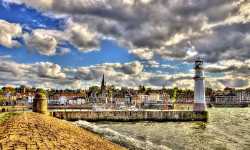 Newhaven Heritage Museum
Edinburgh
Newhaven Heritage Museum
Edinburgh
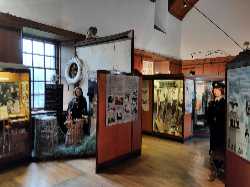 People’s Story Museum
Edinburgh
People’s Story Museum
Edinburgh
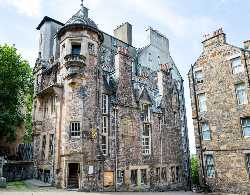 Writers’ Museum
Edinburgh
Writers’ Museum
Edinburgh
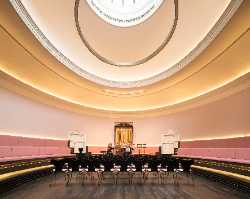 St Cecilia’s Hall
Edinburgh
St Cecilia’s Hall
Edinburgh
 Museum of Scottish Fire Heritage
Edinburgh
Museum of Scottish Fire Heritage
Edinburgh
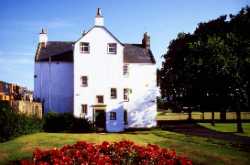 Corstorphine Heritage Centre
Edinburgh
Corstorphine Heritage Centre
Edinburgh
 Queensferry Museum
Edinburgh
Queensferry Museum
Edinburgh
 Royal Scots Dragoon Guards Museum
Edinburgh
Royal Scots Dragoon Guards Museum
Edinburgh
 Royal Observatory Visitor Centre
Edinburgh
Royal Observatory Visitor Centre
Edinburgh
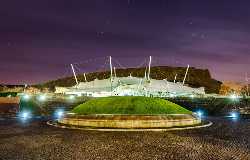 Our Dynamic Earth
Edinburgh
Our Dynamic Earth
Edinburgh
 Trinity House Maritime Museum
Edinburgh
Trinity House Maritime Museum
Edinburgh
 Museum of Magic, Fortune-Telling & Witchcraft
Edinburgh
Museum of Magic, Fortune-Telling & Witchcraft
Edinburgh
 King’s Theatre
Edinburgh
King’s Theatre
Edinburgh
 Festival Theatre
Edinburgh
Festival Theatre
Edinburgh
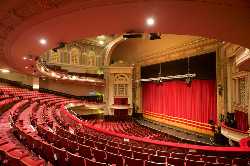 Edinburgh Playhouse
Edinburgh
Edinburgh Playhouse
Edinburgh
 Queen’s Hall
Edinburgh
Queen’s Hall
Edinburgh
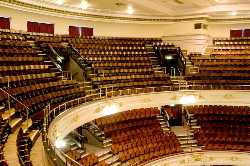 Usher Hall
Edinburgh
Usher Hall
Edinburgh
 Royal Lyceum Theatre
Edinburgh
Royal Lyceum Theatre
Edinburgh
 Traverse Theatre
Edinburgh
Traverse Theatre
Edinburgh
 Bedlam Theatre
Edinburgh
Bedlam Theatre
Edinburgh
 Church Hill Theatre
Edinburgh
Church Hill Theatre
Edinburgh
 Rose Theatre
Edinburgh
Rose Theatre
Edinburgh
 Scottish Storytelling Centre
Edinburgh
Scottish Storytelling Centre
Edinburgh
 Summerhall
Edinburgh
Summerhall
Edinburgh
 St Stephen’s Theatre
Edinburgh
St Stephen’s Theatre
Edinburgh
 Festival Square Theatre
Edinburgh
Festival Square Theatre
Edinburgh
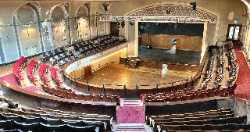 Leith Theatre
Edinburgh
Leith Theatre
Edinburgh
 Portobello Town Hall
Edinburgh
Portobello Town Hall
Edinburgh
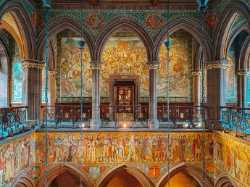 Scottish National Portrait Gallery
Edinburgh
Scottish National Portrait Gallery
Edinburgh
 Scottish National Gallery of Modern Art
Edinburgh
Scottish National Gallery of Modern Art
Edinburgh
 City Art Centre
Edinburgh
City Art Centre
Edinburgh
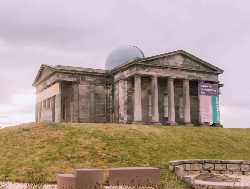 Collective Gallery
Edinburgh
Collective Gallery
Edinburgh
 Fruitmarket Gallery
Edinburgh
Fruitmarket Gallery
Edinburgh
 Open Eye Gallery
Edinburgh
Open Eye Gallery
Edinburgh
 Leith Walk Gallery
Edinburgh
Leith Walk Gallery
Edinburgh
 Braewell Gallery
Edinburgh
Braewell Gallery
Edinburgh
 Dovecot Studios
Edinburgh
Dovecot Studios
Edinburgh
 Morningside Gallery
Edinburgh
Morningside Gallery
Edinburgh
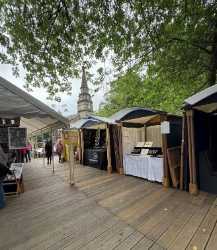 West End Craft & Design Fair
Edinburgh
West End Craft & Design Fair
Edinburgh
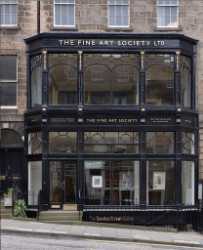 Bourne Fine Art Gallery
Edinburgh
Bourne Fine Art Gallery
Edinburgh
 Red Door Gallery
Edinburgh
Red Door Gallery
Edinburgh
 Marchmont Gallery
Edinburgh
Marchmont Gallery
Edinburgh
 Talbot Rice Gallery
Edinburgh
Talbot Rice Gallery
Edinburgh
 Torrance Gallery
Edinburgh
Torrance Gallery
Edinburgh
 Gallery TEN
Edinburgh
Gallery TEN
Edinburgh
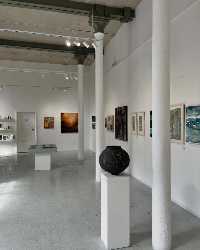 Wasps Patriothall Studios and Gallery
Edinburgh
Wasps Patriothall Studios and Gallery
Edinburgh
 Rhubaba Gallery and Studios
Edinburgh
Rhubaba Gallery and Studios
Edinburgh
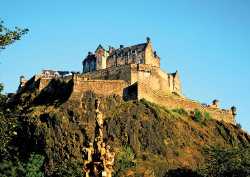 Edinburgh Castle
Edinburgh
Edinburgh Castle
Edinburgh
 Palace of Holyroodhouse
Edinburgh
Palace of Holyroodhouse
Edinburgh
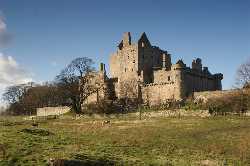 Craigmillar Castle
Edinburgh
Craigmillar Castle
Edinburgh
 Holyrood Park
Edinburgh
Holyrood Park
Edinburgh
 Princes Street Gardens
Edinburgh
Princes Street Gardens
Edinburgh
 The Meadows
Edinburgh
The Meadows
Edinburgh
 Inverleith Park
Edinburgh
Inverleith Park
Edinburgh
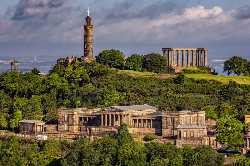 Calton Hill
Edinburgh
Calton Hill
Edinburgh
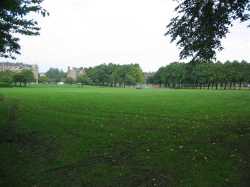 Harrison Park
Edinburgh
Harrison Park
Edinburgh
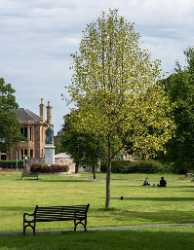 Victoria Park
Edinburgh
Victoria Park
Edinburgh
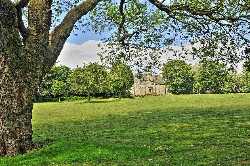 Pilrig Park
Edinburgh
Pilrig Park
Edinburgh
 Camera Obscura & World of Illusions
Edinburgh
Camera Obscura & World of Illusions
Edinburgh
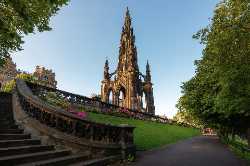 Scott Monument
Edinburgh
Scott Monument
Edinburgh
 The Royal Mile
Edinburgh
The Royal Mile
Edinburgh
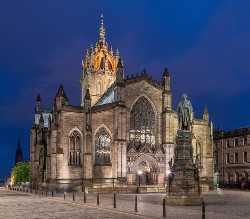 St Giles’ Cathedral
Edinburgh
St Giles’ Cathedral
Edinburgh
 Royal Botanic Garden Edinburgh
Edinburgh
Royal Botanic Garden Edinburgh
Edinburgh
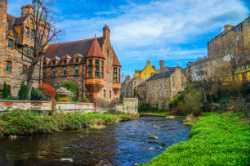 Dean Village
Edinburgh
Dean Village
Edinburgh
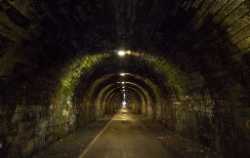 Innocent Railway Tunnel & Path
Edinburgh
Innocent Railway Tunnel & Path
Edinburgh
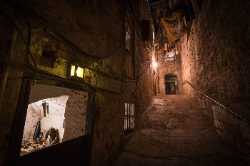 The Real Mary King’s Close
Edinburgh
The Real Mary King’s Close
Edinburgh
 The Scotch Whisky Experience
Edinburgh
The Scotch Whisky Experience
Edinburgh
 The Edinburgh Dungeon
Edinburgh
The Edinburgh Dungeon
Edinburgh
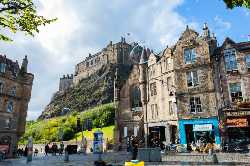 Grassmarket
Edinburgh
Grassmarket
Edinburgh
 Stockbridge Market
Edinburgh
Stockbridge Market
Edinburgh
 Edinburgh Farmers’ Market
Edinburgh
Edinburgh Farmers’ Market
Edinburgh
 Leith Market
Edinburgh
Leith Market
Edinburgh
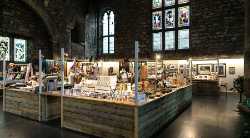 Tron Kirk Market
Edinburgh
Tron Kirk Market
Edinburgh
 Ocean Terminal Market
Edinburgh
Ocean Terminal Market
Edinburgh